Understanding local needs and looking to the future: A visit to the BISA sites
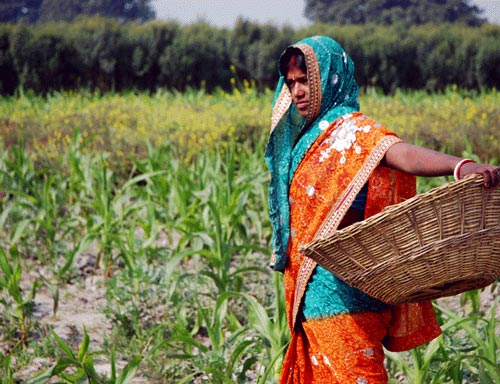 During 21 January-05 February, a delegation consisting of Director General Thomas Lumpkin, Global Wheat Program Associate Director and Head of Pathology, Etienne Duveiller, Board member Andy Barr, and Development Officer Cheraé Robinson travelled from El Batán to visit the three sites of the newly established Borlaug Institute for South Asia (BISA). They were accompanied by Ajai Kumar and Raj Gupta, from CIMMYT’s New Delhi office.
During 21 January-05 February, a delegation consisting of Director General Thomas Lumpkin, Global Wheat Program Associate Director and Head of Pathology, Etienne Duveiller, Board member Andy Barr, and Development Officer Cheraé Robinson travelled from El Batán to visit the three sites of the newly established Borlaug Institute for South Asia (BISA). They were accompanied by Ajai Kumar and Raj Gupta, from CIMMYT’s New Delhi office.
Duveiller, who will be relocating from Mexico to India as the Head of Research for BISA stated “it is amazing what has been done in such a short span of time. But there is still a great deal of work to do and very exciting opportunities for research in a fast changing environment —not only economically in India, but also considering global change and climate change.”
The visit offered an opportunity not only for the delegation to gain an understanding of the new institute, but also to speak with local farmers about their concerns and specific challenges they are experiencing in their region. The group met with agricultural producers, students of the local agricultural universities, and state agricultural research institutes to develop ties with local stakeholders and understand the challenges and needs currently facing communities surrounding the BISA sites.
Towards the end of the visit, Lumpkin also participated in a gathering in Bihar, which brought together over 1,000 farmers from India’s poorest state to address current shortcomings and needs of agricultural producers in the region. The event gathered not only local producers, but also government officials and representatives including Nitish Kumar, Chief Minister of Bihar and Mangala Rai, Agriculture Advisor to the Chief Minister of Bihar.
BISA was officially launched on 05 October 2011. In less than four months, the three BISA sites have begun research activities, a process which has included demarcating the boundaries of the properties and preparing the land and seeding. The official groundbreaking ceremony for the sites will be held later this year.
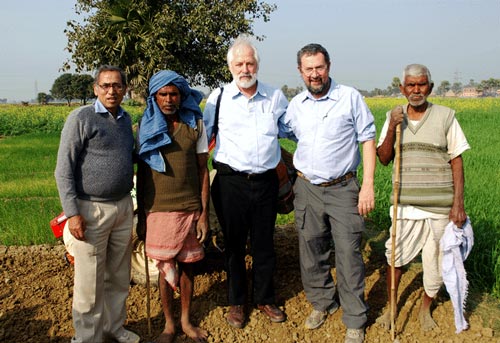
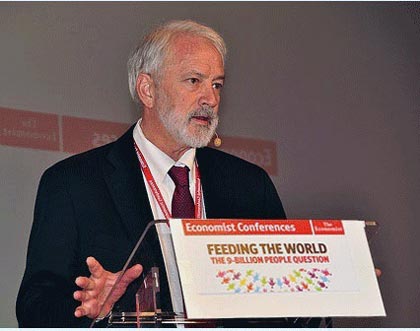 On 08 February 2012, CIMMYT’s Director General Thomas Lumpkin participated as a speaker in the Economist Conference “Feeding the World: The 9 Billion People Question” in Geneva, Switzerland. Attendees included a number of high level representatives and government officials, including Kanayo Nwanze, President of the International Fund for Agricultural Development (IFAD), Jikun Huang, Founder and Director of the Center for Agricultural Policy, Chinese Academy of Sciences (CAAS), and Bruno Le Maire, the French Minister of Agriculture, Food, and Fishing.
On 08 February 2012, CIMMYT’s Director General Thomas Lumpkin participated as a speaker in the Economist Conference “Feeding the World: The 9 Billion People Question” in Geneva, Switzerland. Attendees included a number of high level representatives and government officials, including Kanayo Nwanze, President of the International Fund for Agricultural Development (IFAD), Jikun Huang, Founder and Director of the Center for Agricultural Policy, Chinese Academy of Sciences (CAAS), and Bruno Le Maire, the French Minister of Agriculture, Food, and Fishing. A
A 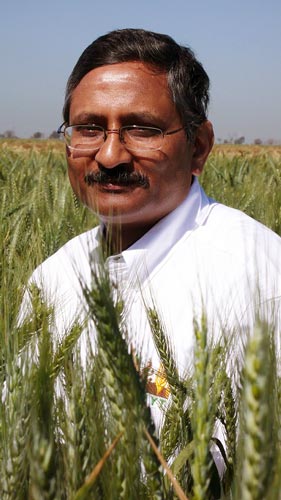 Innovative techniques in wheat breeding are necessary to meet the increasing population demand and overcome environmental challenges, said CIMMYT Wheat Breeder, Ravi Singh, at the annual meeting of the
Innovative techniques in wheat breeding are necessary to meet the increasing population demand and overcome environmental challenges, said CIMMYT Wheat Breeder, Ravi Singh, at the annual meeting of the 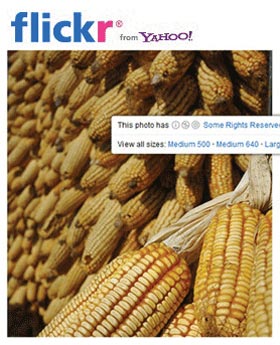 Many of us were celebrating love and friendship on 14 February 2012, and CIMMYT’s online image collection was no exception. Users around the world showed us how much they love CIMMYT’s photos, with the flickr site receiving its 200,000th view since the collection began. If you haven’t yet seen our fantastic photos, join in at:
Many of us were celebrating love and friendship on 14 February 2012, and CIMMYT’s online image collection was no exception. Users around the world showed us how much they love CIMMYT’s photos, with the flickr site receiving its 200,000th view since the collection began. If you haven’t yet seen our fantastic photos, join in at: 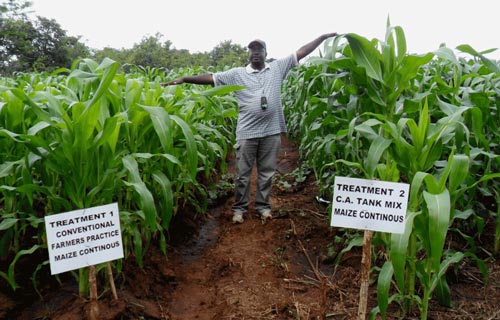 During 06-10 February 2012, a team of CIMMYT scientists travelled to six communities in Zambia’s Eastern Province to monitor progress on activities implemented under the Sustainable Intensification of Maize-Legume systems for the Eastern Province of Zambia (SIMLEZA) project, funded by USAID as part of Barack Obama’s “Feed the Future” initiative. The team was joined by national partners from governmental extension services, field coordinators from Total Land Care, Zambian researchers from Msekera Research Station, IITA, and CIP, and a group of farmers from Monze, in Zambia’s Southern Province. Journalists from two radio stations, one daily newspaper, and Zambian television covered the visit.
During 06-10 February 2012, a team of CIMMYT scientists travelled to six communities in Zambia’s Eastern Province to monitor progress on activities implemented under the Sustainable Intensification of Maize-Legume systems for the Eastern Province of Zambia (SIMLEZA) project, funded by USAID as part of Barack Obama’s “Feed the Future” initiative. The team was joined by national partners from governmental extension services, field coordinators from Total Land Care, Zambian researchers from Msekera Research Station, IITA, and CIP, and a group of farmers from Monze, in Zambia’s Southern Province. Journalists from two radio stations, one daily newspaper, and Zambian television covered the visit.
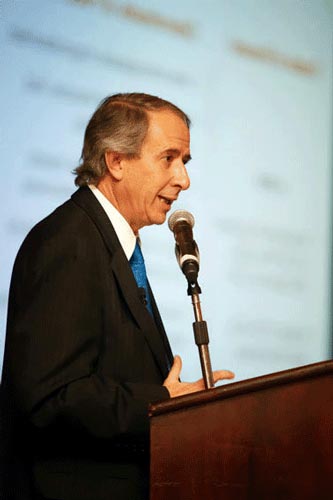 At the
At the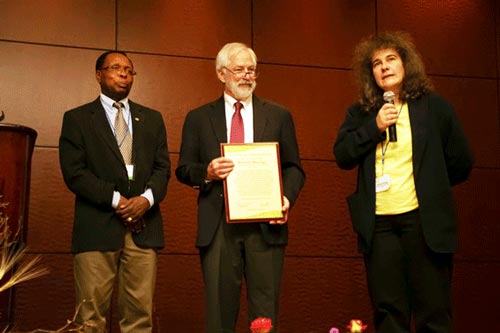 At the closing dinner of the MAIZE and WHEAT meetings on 20 January 2012, CIMMYT took the opportunity to say farewell to Wilfred Mwangi,
At the closing dinner of the MAIZE and WHEAT meetings on 20 January 2012, CIMMYT took the opportunity to say farewell to Wilfred Mwangi, 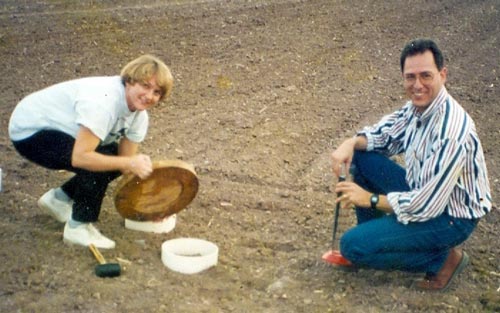 The Yaqui Valley is one of Mexico’s main bread baskets and supplies seeds and grain globally. It was the birthplace of the Green Revolution and, as the home of CIMMYT’s primary field station, Campo Experimental Norman E. Borlaug (CENEB), it has been a hub of agronomic research for decades, with a wealth of accumulated knowledge, field research, and survey data. However, the region is not without its problems. It faces environmental, resource, economic, and social challenges related to water resources, air and water pollution, policy changes, human health concerns, biodiversity conservation, and climate change.
The Yaqui Valley is one of Mexico’s main bread baskets and supplies seeds and grain globally. It was the birthplace of the Green Revolution and, as the home of CIMMYT’s primary field station, Campo Experimental Norman E. Borlaug (CENEB), it has been a hub of agronomic research for decades, with a wealth of accumulated knowledge, field research, and survey data. However, the region is not without its problems. It faces environmental, resource, economic, and social challenges related to water resources, air and water pollution, policy changes, human health concerns, biodiversity conservation, and climate change.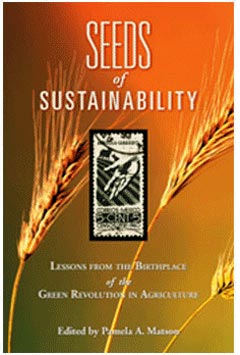 Seeds of Sustainability is the product of these 15 years of research, analysis, and evaluation in the Yaqui Valley. Edited by renowned scientist and Dean of the
Seeds of Sustainability is the product of these 15 years of research, analysis, and evaluation in the Yaqui Valley. Edited by renowned scientist and Dean of the